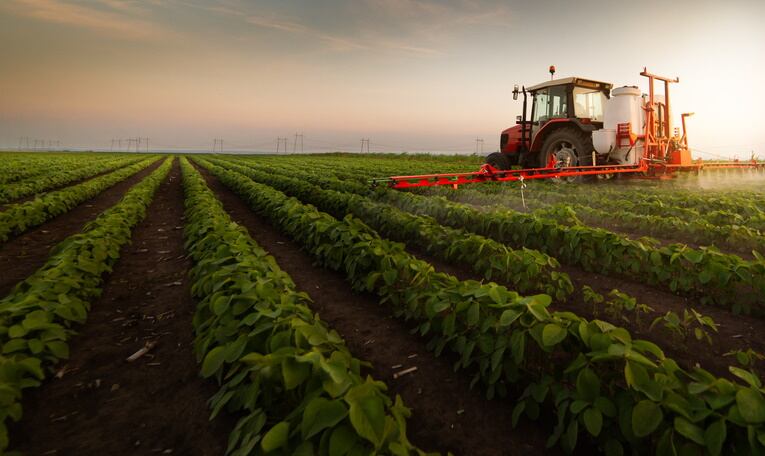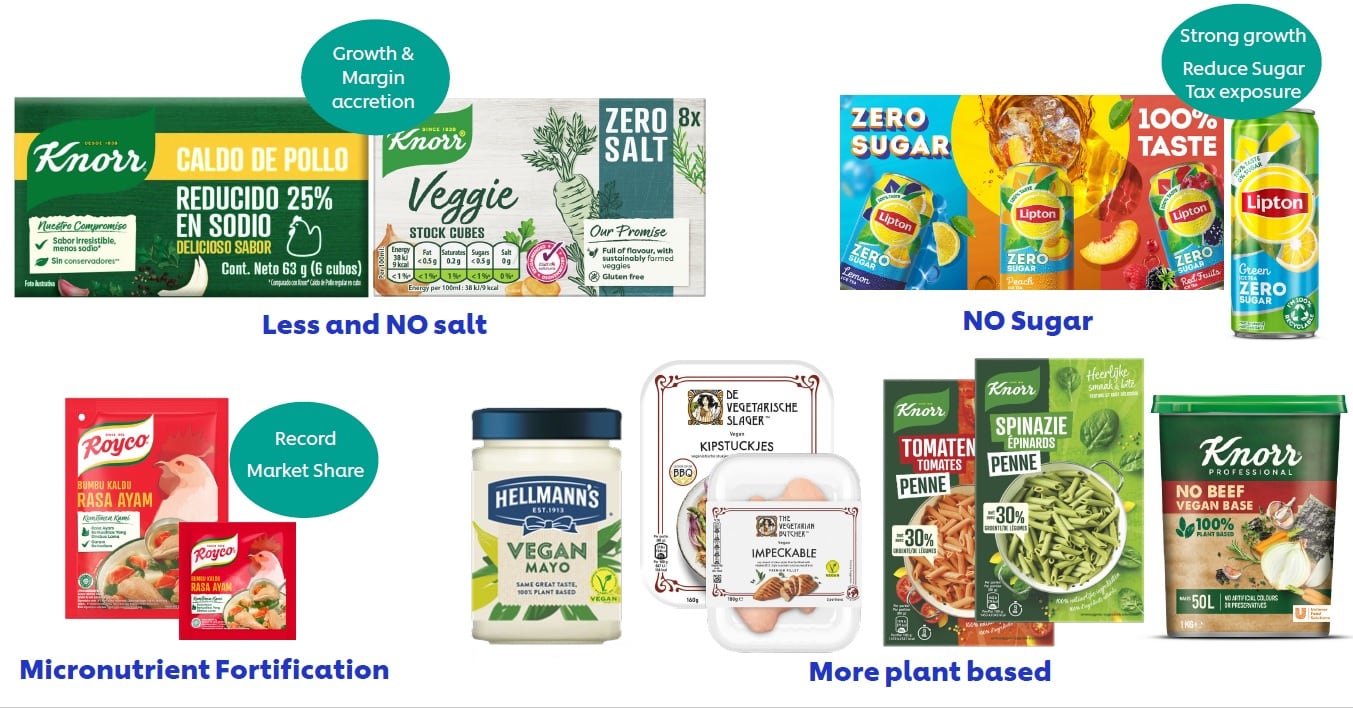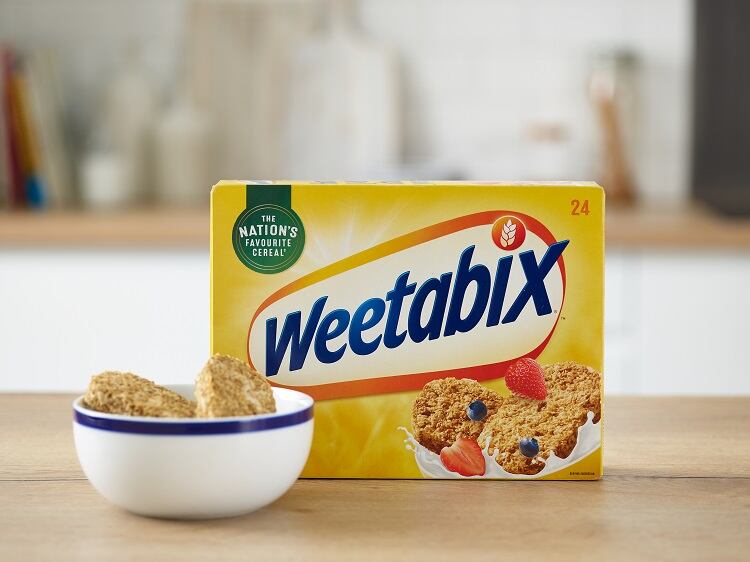What are the key sustainability challenges faced by Ingredion, a global ingredient supplier whose portfolio of solutions span texturisers, starches, proteins and sweeteners? The US company’s sustainability lead doesn’t miss a beat: ‘climate change and carbon reduction’ top the list.
Speaking to FoodNavigator, Ingredion vice president of sustainability Brian Nash explained the company is working to reduce its carbon footprint and has secured validation for its plan from the Science Based Targets Initiative to reduce scope 1 and 2 emissions by 20% and scope 3 emissions by 15% by 2023, from a 2019 baseline. “The ultimate aim is to establish a net zero target,” Nash revealed.
Shades of grey in the green energy revolution
Progress is already being made, Nash stressed. Last year, emissions from scopes 1 & 2 (direct emissions linked to operations and emissions purchased through energy) were down 12% versus 2019. “This has been achieved through evolving our capital planning to deliver changes and enhancements at existing sites,” Nash explained, speaking to us from Paris where he was attending trade show FiE. “We evaluate this in terms of cost versus impact… We have to figure out: if we have a limited budget and resources, what are the things we need to do now to move the metre?”
An important lever for Ingredion has been moving away from fossil fuels and towards renewables. However, Nash acknowledged, this strategy can ‘make it challenging’ in some parts of the world. For example, in Pakistan Ingredion’s facility is fuelled by coal – but before transitioning to green energy the company must evaluate whether this would place too great a strain on the national electricity grid and ask whether the trade-off is the right one to make.
“Looking to the future, fuel replacement is a big option. We do a lot of energy co-generation, for example setting up a boiler on site. But in a lot of countries the available fuel source is coal. Replacing that is a big opportunity,” he predicted. Ingredion are looking at options like biomass produced from ‘sustainable forestry’.

Shortening the supply chain and backing regenerative ag
While investments in areas like energy use are driving down scope 1 and 2 emissions at Ingredion, scope 3 emissions generated outside of the company's direct control represent a significant challenge, accounting for around 72% of the group’s carbon footprint. Here, Nash told us, Ingredion has three categories: agriculture, transport and end customer use.
“Transportation, we are addressing though more local production and shipping. It’s about putting assets in the right place to reduce complexity”. As well as cutting Ingredion’s carbon footprint, this strategy carries additional benefits, the sustainability expert continued pointing to the potential to lower the ingredient supplier’s cost base through streamlined processes, while also strengthening resilience and the reliability of supply.
When it comes to end-use, the picture is a little more nuanced and will require greater levels of data-sharing and collaboration than currently typify food industry interactions. “End customer use is going to be a bit tricky because it is going to require us to take information from our customers,” Nash suggested.
However, the sustainability expert noted that agriculture is ‘an industry hot topic’ right now, with a number of Ingredion’s customers calling for greater uptake of regenerative agriculture and the adoption of practices that support carbon sequestration and build soil health. “We have multiple customers interested in regenerative agriculture,” Nash revealed.
Ingredion has a ‘list of interventions’ like cover cropping and reduced tillage that it supports. “We can calculate and measure the benefits and are able to link payments to carbon [sequestration],” he suggested.
But what of more controversial regenerative practices that – some believe – could put yields at risk, such as cutting the amount of chemical inputs used? “Part of the reason we are paying growers a premium is we realise there is a risk to yield,” Nash responded. “We want to use chemicals in a more disciplined way. It is about balance and moving to better practices. We want to dramatically reduce pesticides and fertilisers but we understand it is part of the growers tool kit.”

Ingredion has identified ‘tier one’ priority crops as corn, tapioca, stevia and peas. The aim is that 99% its inputs will be renewably sourced by 2025. Because the ‘lion’s share’ of Ingredion’s procurement is on the open market – and not from direct suppliers – the ingredient manufacturer develops relationships with partners that back regenerative agriculture. “We look for partners there that can help with regenerative agriculture because they have relationships with the growers,” he said pointing to companies like US cooperative Land O’Lakes which has invested in farmer-driven ag sustainability efforts like TruTerra.
‘We look at this in terms of competitive advantage’
Nash believes that the argument to invest in sustainability work is underpinned by a sound business argument. “We look at this investment in terms of competitive advantage and customer demand, which can help make the case in terms of the ROI we will see,” he explained. “We are hearing a lot around carbon reduction, regenerative agriculture, water stewardship, sustainable innovation – which are all very much aligned.”
Nash also sees growing interest in other topics linked to ethical sourcing, particularly ‘essential questions on human rights’ - issues like child labour and forced labour.
Of course, the issue of whether food manufacturers and – at the end of the day – consumers are willing to pay for environmental or social sustainability investment is a fraught one. However, Nash sees some movement here: “It is a conversation that goes on frequently. Nobody wants to spend more money but it’s a conversation that is happening around sharing the cost burden.”
Ultimately, he believes the power of procurement will be a critical accelerator in the move towards a less environmentally costly system of food production. “Procurement is going to play a big role. It is getting woven into the DNA of organisations. There is a recognition that there should be someone dedicated in procurement, in R&D functions, that have responsivity for this. Ideally everyone should have sustainability goals as a focus. It is exactly how we as an industry have approached [strengthening] safety standards.”
In order to support its food manufacturer customers in their efforts to build more sustainable product portfolios, Ingredion has partnered with HowGood, the 'world's largest' database of sustainable food, beverage and personal care product offerings. Ingredion says this will deliver transparency through environmental scorecards on its ‘top products’ and ‘new product innovations’, enabling customers to make informed ingredient choices that help deliver on their own corporate sustainability goals.
However, at the end of the day, Nash comes back to the idea that there will be trade-offs to make. For instance, he said, a clean label starch that is non-GMO is likely to have a higher carbon footprint than an alternative that might not be as label friendly.
“It is all about trade-offs. You will often have to decide between something that might have a higher water footprint but is good for soil health. Clean label ingredients often have a higher CO2 footprint. These issues are really complex when you dig into them.”




